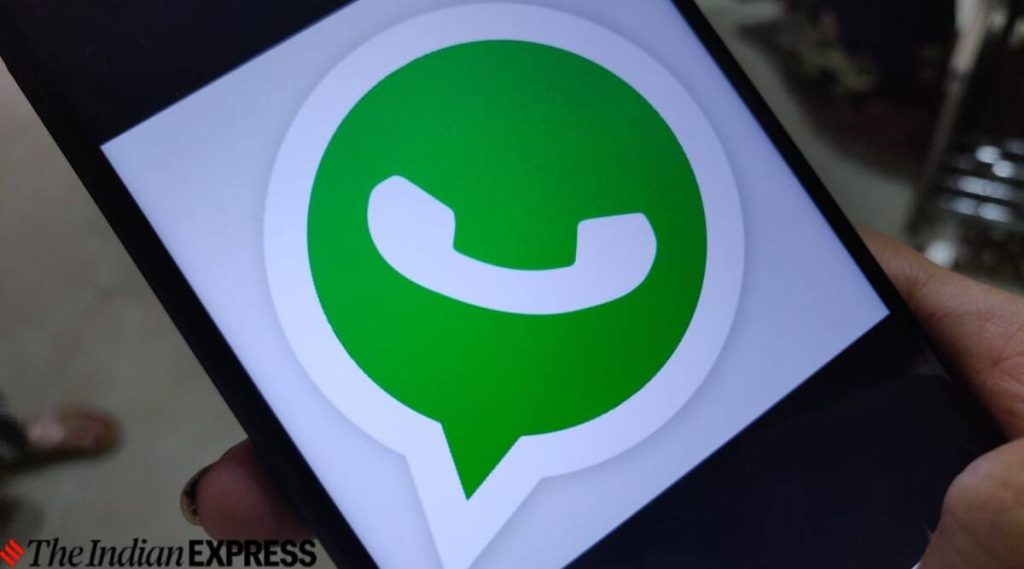– Keep in Chat feature from WhatsApp is intended to give users more control over conversations and messages they send
By Web Desk, April 21, 2023, The News (International)
WhatsApp, the popular instant messaging app, has announced a new feature that allows users to save disappearing messages.
The app’s disappearing messages feature automatically deletes messages from the chat after a specified time, ranging from 24 hours to 90 days. While this feature was designed to make conversations more casual, it also posed a risk for important messages to disappear before they could be saved.
To address this issue, WhatsApp has introduced a new feature called “Keep in Chat.”
The Keep in Chat feature allows users to save specific messages from disappearing. If a message is received that the user wants to keep, they can click on it and select the option to keep the message.
The sender will then receive a notification, giving them the option to veto the decision. If the sender allows the message to be saved, it will receive a small bookmark icon and will be added to a “Kept Messages” folder. If the sender disagrees, the message will be deleted from everyone’s devices when the normal timer expires.
The Keep in Chat feature is intended to give users more control over their conversations and the messages they send. It allows users to have the final say on what happens to their messages, ensuring that important information is not lost.
WhatsApp has faced criticism over its privacy and security features, including end-to-end encryption. However, the company has maintained that its features are intended to ensure that messages do not fall into the wrong hands. The Keep in Chat feature is another step towards enhancing user privacy and security.
The new feature will be rolled out globally over the next few weeks. To use it, users will need to update their WhatsApp app to the latest version. The Keep in Chat feature is the latest addition to WhatsApp’s suite of privacy and security features, which also includes two-step verification, biometric authentication, and message forwarding limits.

